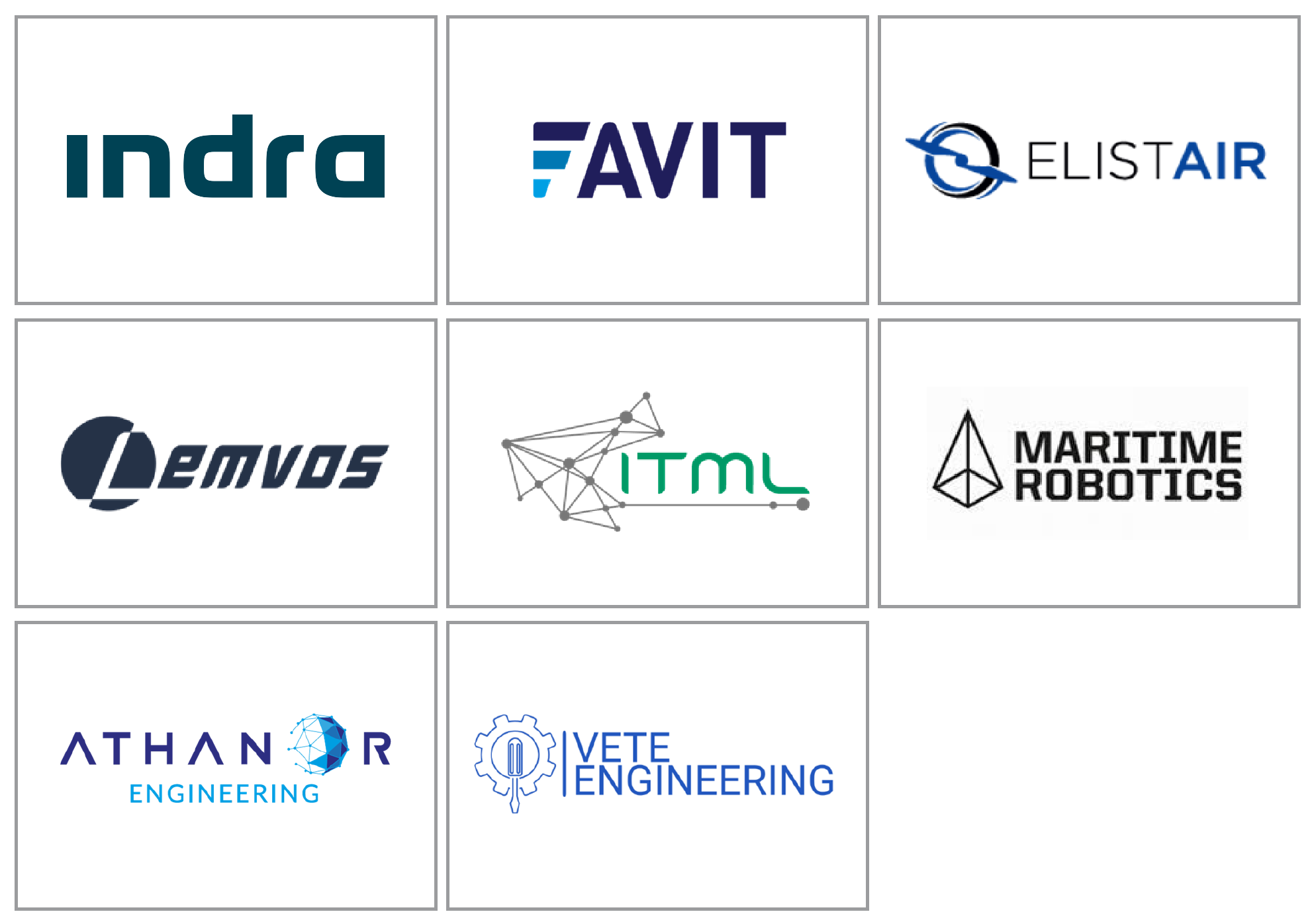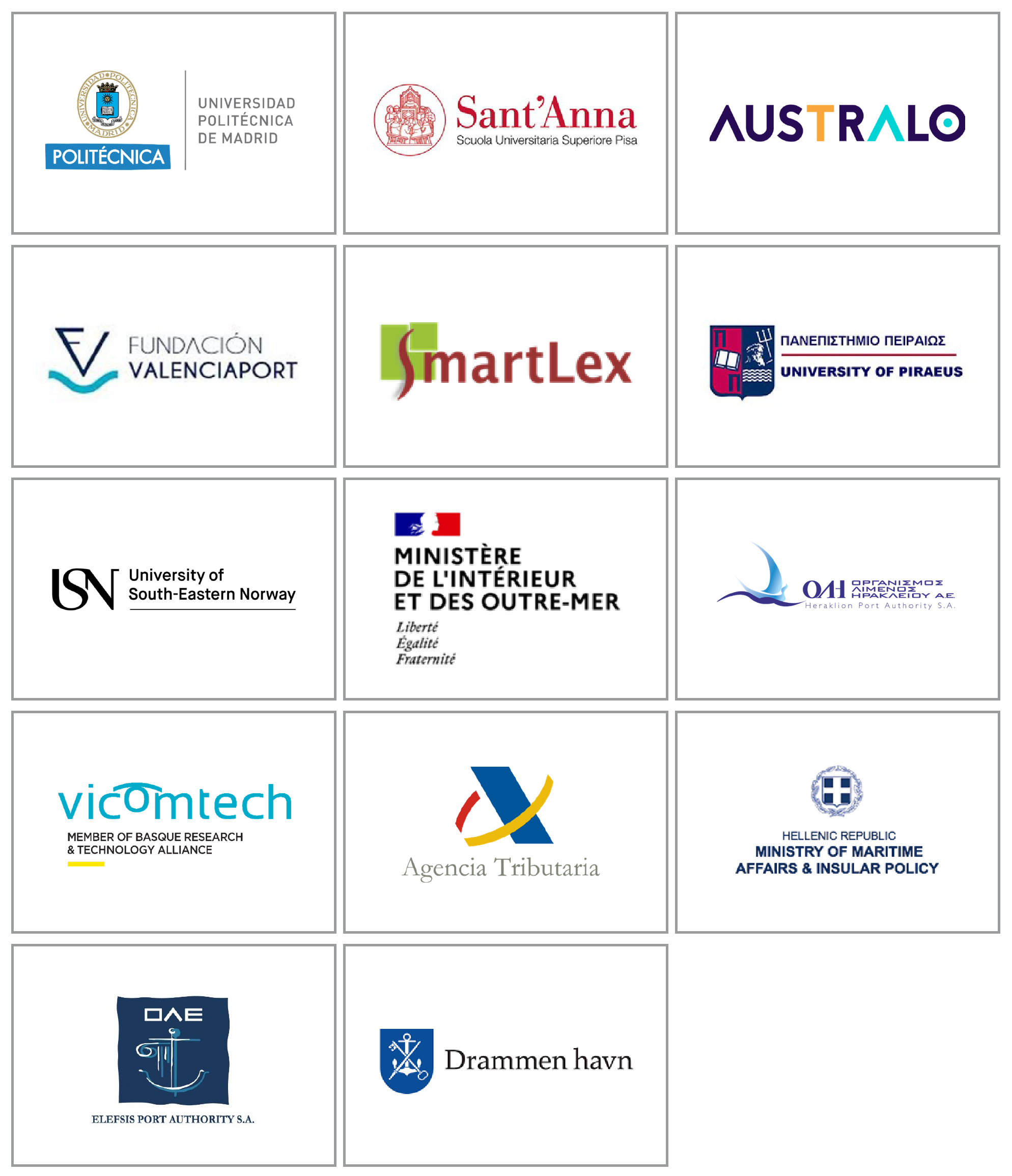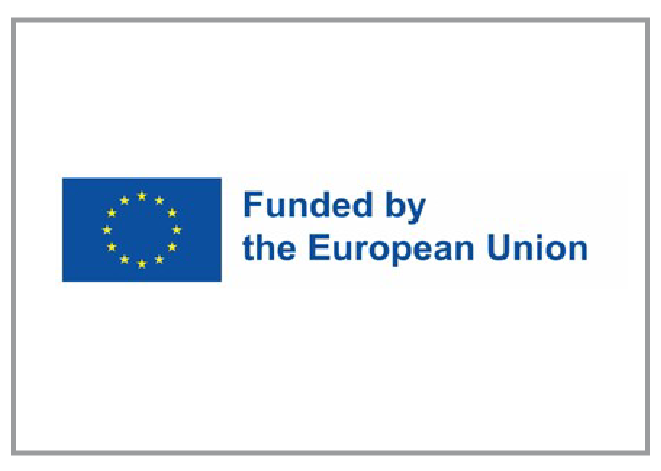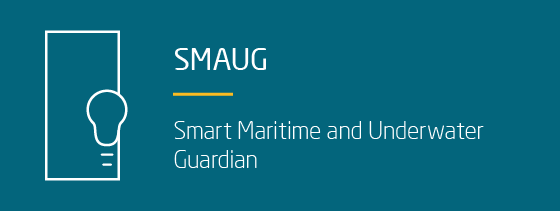Description of the project
The constant increase in maritime environment activity requires strong and efficient port security procedures to be implemented. This is particularly crucial for the identification and surveillance of both legitimate and illicit operations in border, coastal, and port regions. New techniques in drug smuggling and illegal activities taking place in the maritime environment are currently generating more challenges for law enforcement, as current detection means may often be no longer effective, while technological updates and improvements in prevention mechanisms are deemed mandatory. To combat these issues, countertrafficking organisations demand significant penetration, whereas sometimes they lack resources. As much as illegal activity is a focus for maritime security, monitoring legal activity is also paramount, especially concerning customs, operational and border management.
The primary goal of SMAUG is to improve the underwater detection of threats in ports and their entrance routes, by means of an integrated system capable of providing data concerning threat analysis between 3 main elements: ports security infrastructure, advanced underwater detection systems and surveillance vessels. Underwater detection and location will be performed by four primary methods: i) acoustic detection, where a series of hydrophones will listen for sounds emitted by small underwater vehicles and will be processed by artificial intelligence methods, ii) rapid sonar hull scan, used to scan ships hulls and perform harbour floor scanning, iii) high resolution sonar inspection, to inspect objects in water with poor visibility and iv) collective autonomous location, where a swarm of autonomous underwater vehicles will act cooperatively. This will provide information to Artificial Intelligence modules which will improve the way detecting illicit and dangerous goods and/or of threats hidden below the water surface is currently done, taking into account sources such as Unmanned Surface Vehicle Systems, (USV), underwater remote operation vehicle (ROV), UAV (Aerial autonomous vehicle) and Port current information sources. The combination of these tools will allow SMAUG to prompt solutions capable of detecting possible threats to infrastructure or vessels, as well as identify vessels with concealed goods.
Industrial partners

Indra's rol
Indra Sistemas S.A. will coordinate as they have extensive experience in developing Underwater Image Processing and Object Detection AI algorithms as well as expertise in integrating physical systems for infrastructure and maritime transport.
The involved participants will identify which capabilities are needed and should be developed to prevent threats related to infrastructures or vessels, including sea harbours and their entrance routes. Indra also will analyse the current management systems that ports currently use to improve the interoperability of the current solutions with the aim of incorporating underwater technologies.
Universities and technology centers

Universities and technology centers subcontracted

Technologies employed
The objective of SMAUG is to enhance underwater detection for the identification and mitigation of potential threats. Therefore, the Common Information Sharing Environment (CISE) aims to create a political, cultural, legal, and technical environment that enables the exchange of information between existing and future surveillance systems and networks. The Common Information Sharing Environment (CISE) is an EU initiative which aims to make European and EU/EEA Member States surveillance systems interoperable to give all concerned authorities from different sectors access to additional classified and unclassified information they need to conduct missions at sea.
- One of the main technological objectives of SMAUG is the development of CISE integration nodes. The creation of these CISE adapters will allow the expansion of the intersectional perimeter of CISE to the port community.
- AI contributes to offering various solutions to assist in timely decision-making. The AI module will combine this multimodal information using deep learning models.
- Development of C2 Tools Indra Sistemas intends to take advantage of the adaptations and developments related to its C2 tools in terms of the inclusion of underwater detection technologies to strengthen its position as a technology integrator in national and international ports.
- Upon analysis of the current state of the existing Port Community Systems (PCS) and Cargo Community Systems (CCS), SMAUG will improve these existing systems with the result coming from the underwater scanning process, proposing how to adapt, update and enhance these systems assisting in the Security process of the EU Maritime Ports. The systems must additionally interoperate with C2 security systems (PSIM, VTS)
- Underwater Detection Techniques: Acoustic Detection (hydrophones), Sonar Detection, Aerial Detection, Surface Detection, Collective Detection with underwater robots.
More information
This project, with reference nº 101121129, has been financed by the European Commission under the Framework Programme for Research and Innovation of the European Union (Horizon Europe 2021-2027).

